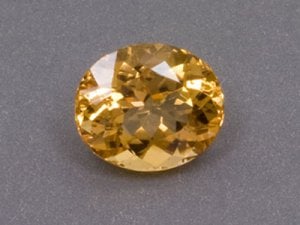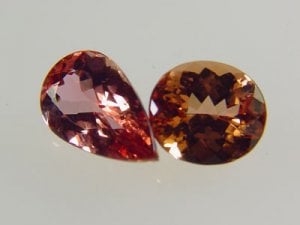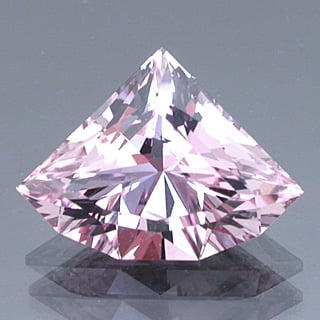Indylady
Ideal_Rock
- Joined
- Apr 28, 2008
- Messages
- 5,777
I''ve seen a variety of shades be described as precious or imperial topaz. Can anyone tell me how different colors and types of topaz are named? This Modern Jeweler article says "Today it is conceded that the term “imperial” refers, among connoisseurs, to stones with sherry-red, deep pink and reddish-orange colors and generally excludes less intense but still beautiful peach-orange and medium golden hues." Is there anything more that I should know? Where does a medium pink fall? How rare is red topaz, and is it called imperial topaz, or red topaz?
Thanks in advance!!
Thanks in advance!!












300x240.png)